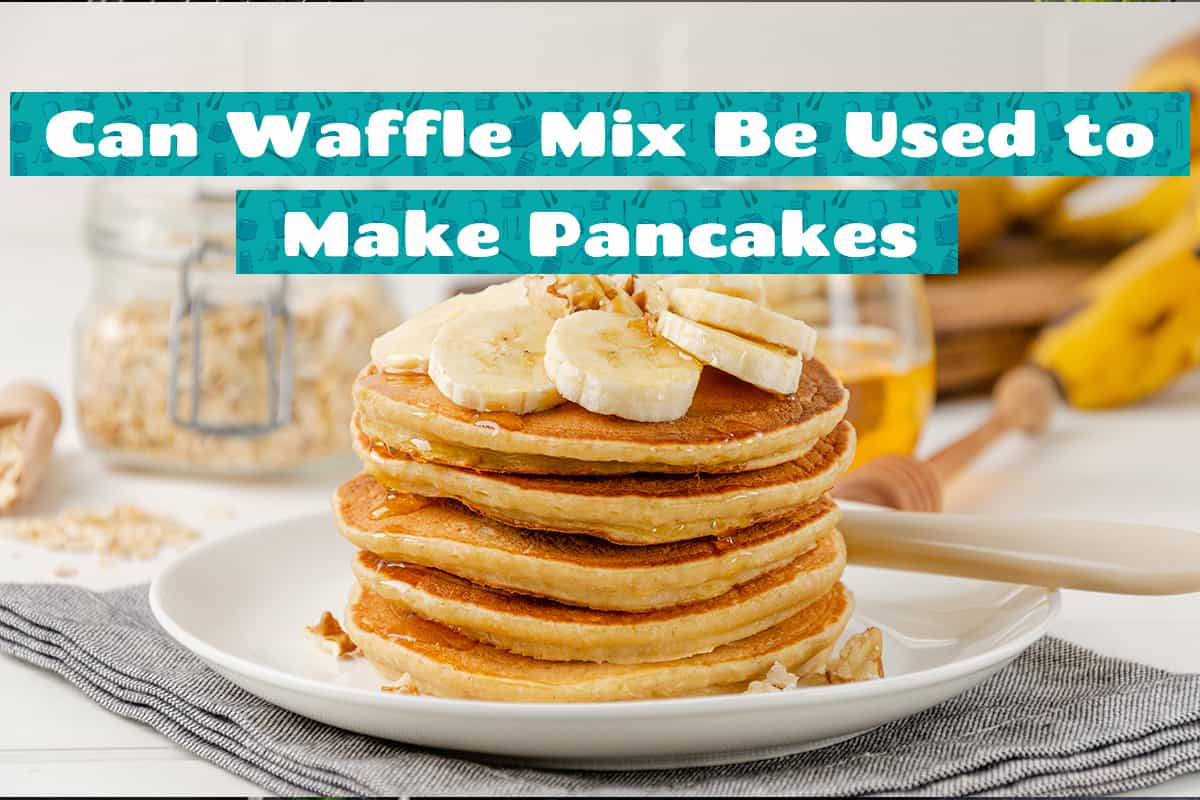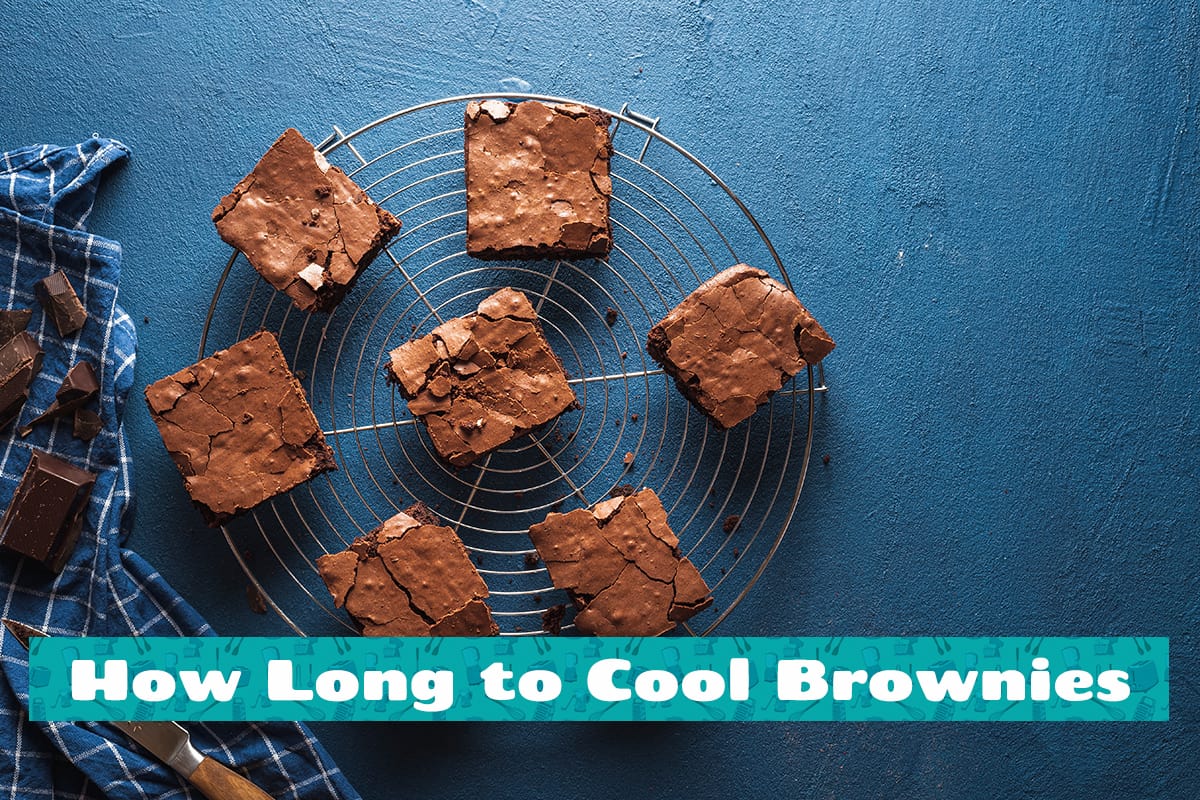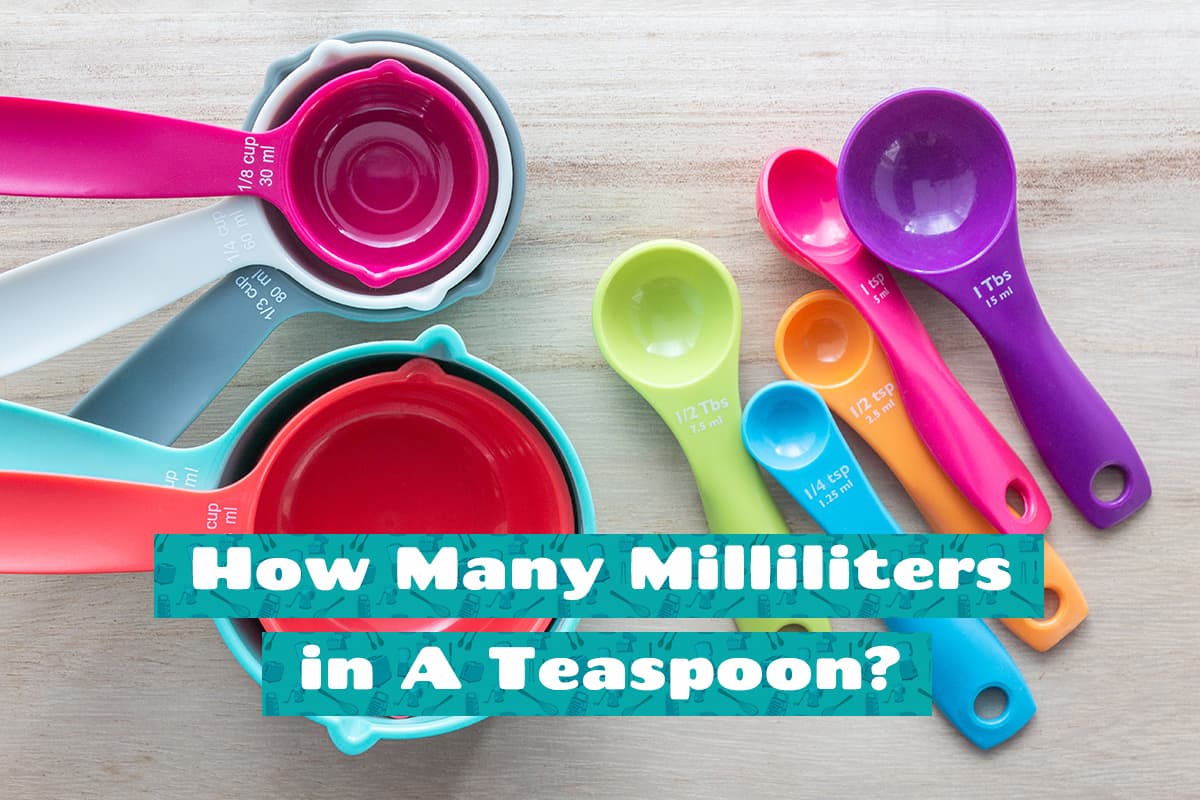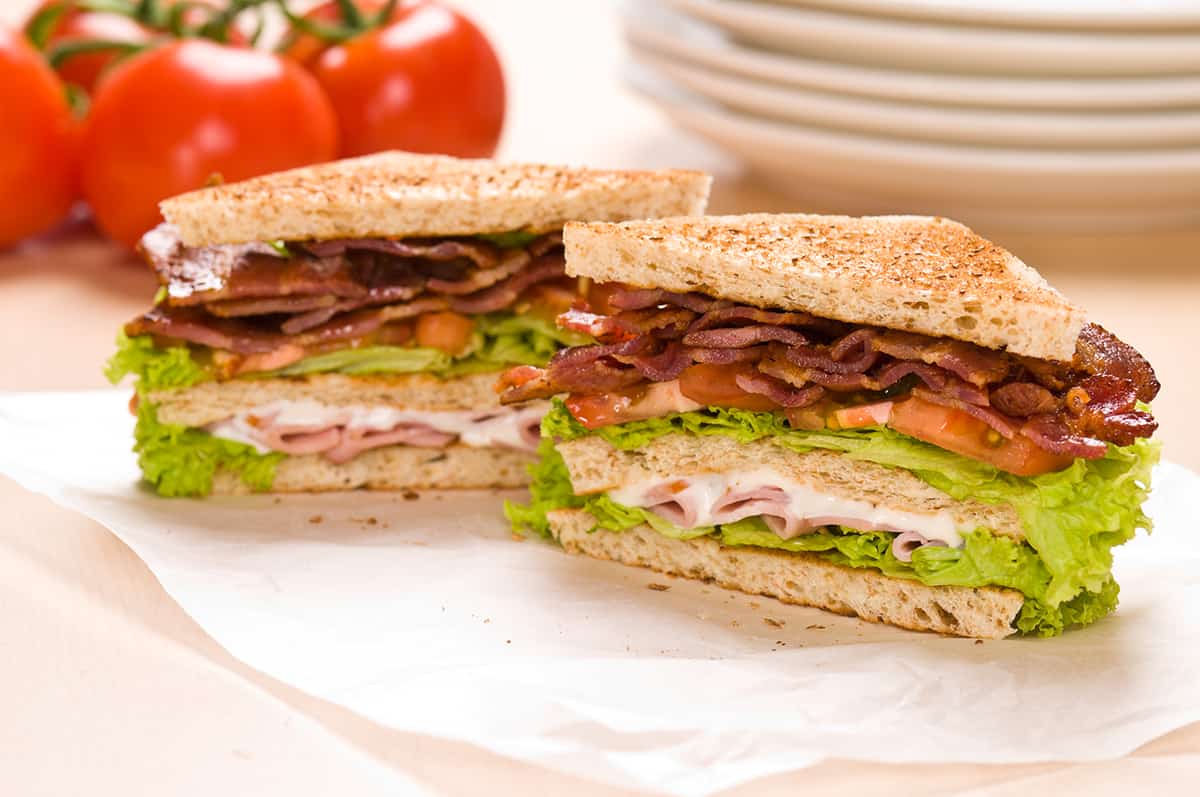As Alton Brown used to always say, “The only single-purpose tool you should have in the kitchen is a fire extinguisher.” That means everything else, including a cookie sheet, should have more than one function. So, is it safe to place a cookie sheet underneath a broiler?
If your cookie sheet is made of cast iron, cast aluminum, or stainless steel, then it should be safe to place it underneath a broiler. Avoid using cookie sheets with non-stick surfaces and specialized handles as the 550°F can damage them.
For the remainder of this guide, I will discuss what things make for a top-quality cookie sheet for broiling, how you can safely broil foods using a cookie sheet, and how to prevent sticking when broiling.
Is Cookie Sheet Broiler Safe?
A cookie sheet is used to hold food while it bakes in the oven. The large surface area of a cookie sheet allows you to spread the food out in an even layer, letting it cook evenly with minimal turning and rotating. As its name suggests, cookie sheets can be used for baking cookies, but you can also place meats, vegetables, fruits, and garnishes on the sheet if you want to bake them in the oven.
But are cookie sheets broiler-safe? Yes, they are, but let’s first discuss what broiling is.
Broiling is the process of introducing high levels of heat onto the surface of food for brief periods of time. The purpose of broiling is to give foods a delicious crust or to quickly brown the exterior without cooking the interior. Broilers will often reach temperatures of 550°F, which is typically much hotter than the ambient air in an oven set to its highest setting.
Despite the immense amount of heat, you can safely broil food 2-4 inches from your oven’s broiler using a cookie sheet. However, it ultimately depends on the quality of the cookie sheet. Some cookie sheets should go nowhere near the broiler as since excessive heat can leave the cookie sheet damaged beyond repair.
Choosing the Best Cookie Sheet

If you plan on browning and crisping the tops of cookies, pizzas, french fries, meats, crème brûlée, or any food item in your oven, you should choose a cookie sheet that’s broiler-safe. In this section, I’ll cover the various factors of a cookie sheet that make it safe for broiling.
Material
The most widely used materials in cookie sheets are aluminum, stainless steel, and iron. All three of these materials are perfect for broiling since they are highly resistant to immense heat, though they warp at varying levels depending on the length of exposure to high temperatures.
Cast-iron and stainless-steel cookie sheets are arguably best for broiling since they can stand up to heat for extended periods. Aluminum is much less expensive but is great for broiling for brief periods, which is perfect if your goal is to add a crispy layer to the tops of food items.
That said, you should double-check the product’s label to ensure that it is broiler-safe. Oftentimes, manufacturers will explicitly mention that the cookie sheet is safe to place under a broiler. If it doesn’t contain such a label, continue your search.
Coating
While a non-stick coating makes food items slide ride off the cookie sheet’s surface, the Teflon coating will become damaged when exposed to high temperatures. Teflon will begin breaking down at 500°F, and since broilers routinely reach 550°F, that means your non-stick cookie sheet will turn out a little worse for wear after a single broiling session.
So, how do you prevent food from sticking to the cookie sheet when broiling? We’ll get into that in a bit.
Plastic/Wooden Handles
Most cookie sheets will come with ridges on 2 or 4 sides. These ridges serve to stop food from spreading too far or the juices from dripping to the bottom of your oven. While ridges are completely fine, plastic and wooden handles are not safe for broiling.
Do you remember how high temperatures can leave non-stick coating worse for wear? The same goes for cookie sheet handles that are not designed to withstand high temperatures.
How to Broil Foods Using a Cookie Sheet?
If you want to activate the broiler function of your oven, there are a few things you should check beforehand. First, is your cookie sheet or baking pan broiler safe? If so, you can proceed.
Second, what do you want to broil? Avoid broiling frozen meat, large slabs of meat, fresh herbs, or oily foods. The purpose of a broiler is to crisp the top, not cook the food’s interior.
Next, how far should you place the cookie sheet from the broiler? You will have to place the cookie sheet on the top-most oven rack. Depending on your oven model, you can adjust the height settings to add a distance of 2-4 inches between the broiler and the top of the cookie sheet. The closer the sheet is to the broiler, the quicker it will brown the top.
How to Prevent Sticking When Broiling?
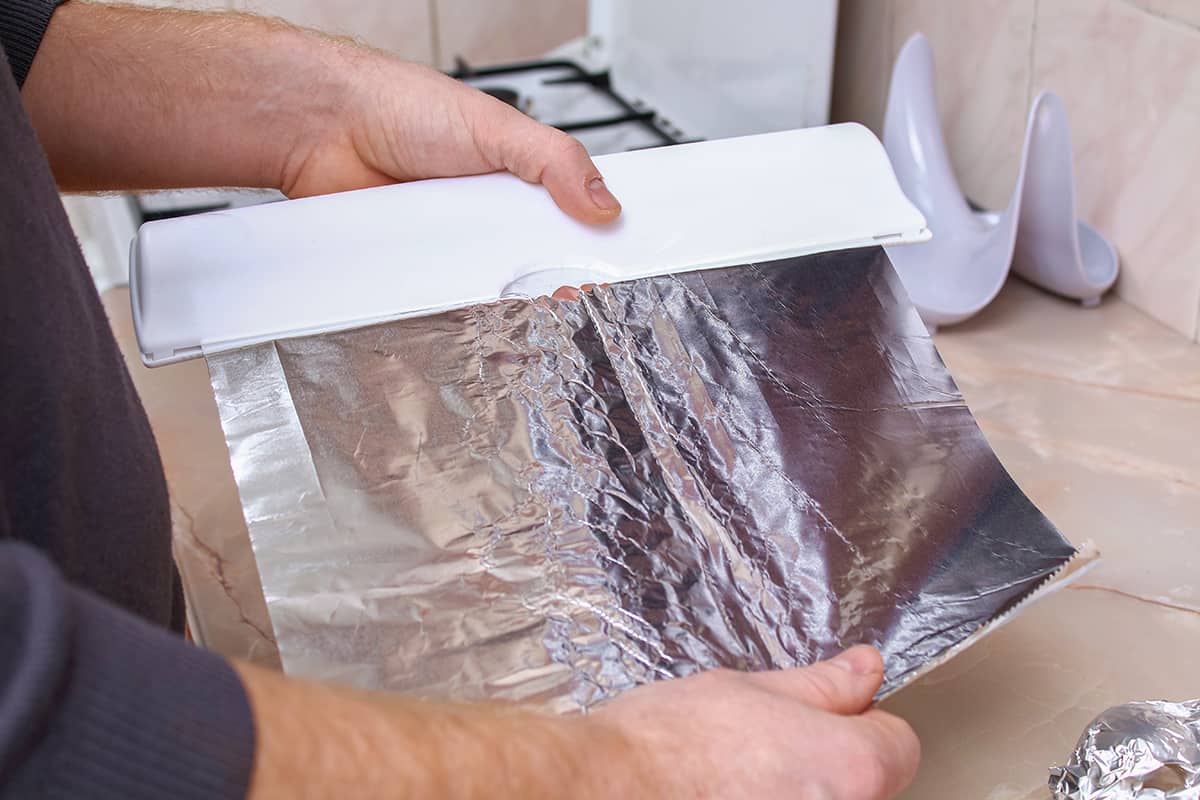
One of the greatest annoyances of broiling is when your food sticks to the cookie sheet. Luckily, there is a tried-and-true way to stop food from adhering to your cookie sheet after the sugar or cheese has melted—line the sheet with aluminum foil.
Aluminum foil can withstand immense heat while also creating a barrier between your food and the cookie sheet. You should pre-line a cookie sheet with aluminum foil, regardless of the food item, before sticking the sheet underneath your broiler.
What about silicone baking mats and parchment paper? While they are great for baking, they will warp or melt when broiled. This is also true for wax paper, which should never go in your oven, in the first place.
Ideally, you can use nonstick aluminum foil, which stops food from sticking to both the cookie sheet and the foil. However, if you don’t have specialty foil on hand, regular or heavy-duty aluminum foil will work just as well.

